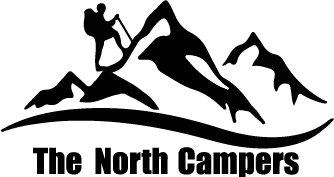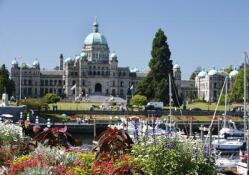[ad_1]
Victoria’s culture is defined by its early settlers, particularly First Nations people, and the British. Before Captain James Cook arrived on Vancouver Island in 1778, First Nations people (Aboriginal Canadians who are neither Inuit nor Métis) settled in southern Vancouver Island. Centuries later, Victoria is still influenced by Indigenous culture, with many First Nations groups calling Victoria and Vancouver Island home. To learn more about Aboriginal culture and heritage (and to see an impressive collection of totem poles) Royal British Columbia Museum.
To sample a bit of English tradition, indulge in afternoon tea. You’ll find a variety of tea houses around Victoria, but afternoon service Fairmont Empress Perhaps the most famous (and most expensive) city has to offer. Wherever you go, you’ll enjoy pastries, scones and delicate sandwiches as you sip from your floral printed teacup.
Cultural traditions aside, American travelers will have little trouble navigating British Columbia’s capital city. English and French are the country’s two official languages, but most Victorians speak English, and you won’t need to know any French to get around effectively. The official currency of Victoria is the Canadian dollar, which is currently worth about 75 cents to the US dollar. Since exchange rates fluctuate, plan to check what’s what. Current exchange rate before you go. Avoid exchange fees by withdrawing Canadian money directly from an ATM in Victoria. When buying goods or services in Victoria (and across the province), expect to pay 12 per cent tax on top of the displayed price. Weight is measured in metric units; Distance is measured in kilometers – pay close attention to this if you decide to rent a car.
Victoria’s culture is defined by its early settlers, particularly First Nations people, and the British. Before Captain James Cook arrived on Vancouver Island in 1778, First Nations people (Aboriginal Canadians who are neither Inuit nor Métis) settled in southern Vancouver Island. Centuries later, Victoria is still influenced by Indigenous culture, with many First Nations groups calling Victoria and Vancouver Island home. To learn more about Aboriginal culture and heritage (and to see an impressive collection of totem poles) Royal British Columbia Museum.
To sample a bit of English tradition, indulge in afternoon tea. You’ll find a variety of tea houses around Victoria, but afternoon service Fairmont Empress Perhaps the most famous (and most expensive) city has to offer. Wherever you go, you’ll enjoy pastries, scones and delicate sandwiches as you sip from your floral printed teacup.
Cultural traditions aside, American travelers will have little trouble navigating British Columbia’s capital city. English and French are the country’s two official languages, but most Victorians speak English, and you won’t need to know any French to get around effectively. The official currency of Victoria is the Canadian dollar, which is currently worth about 75 cents to the US dollar. Since exchange rates fluctuate, plan to check. Current exchange rate before you go. Avoid exchange fees by withdrawing Canadian money directly from an ATM in Victoria. When buying goods or services in Victoria (and across the province), expect to pay 12 per cent tax on top of the displayed price. Weight is measured in metric units; Distance is measured in kilometers – pay close attention to this if you decide to rent a car.
[ad_2]

